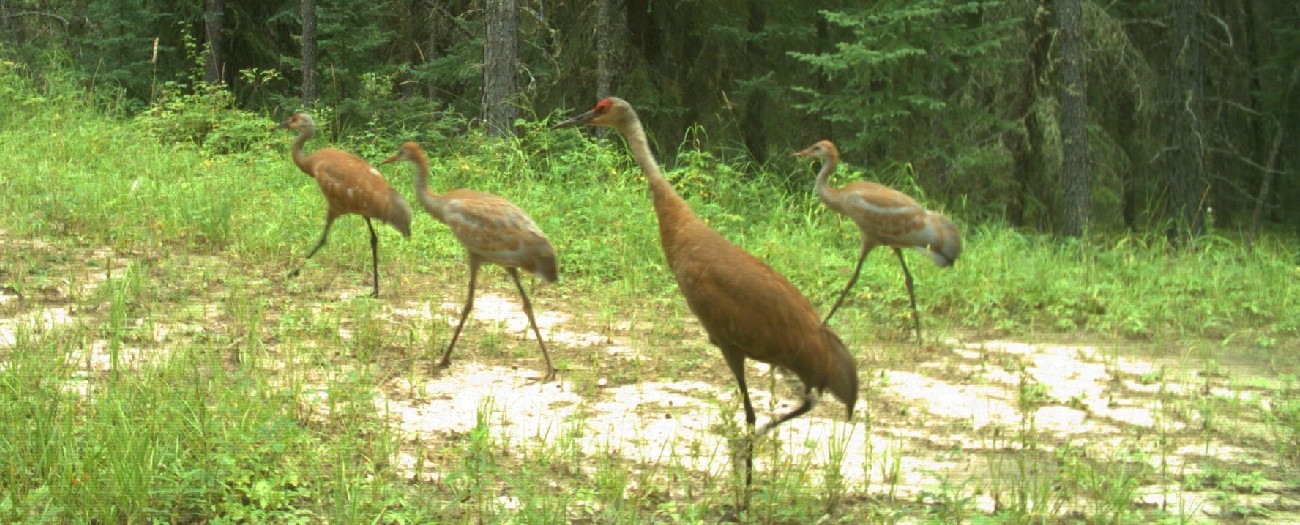How industry keeps an eye on wildlife
Alberta - March 12, 2020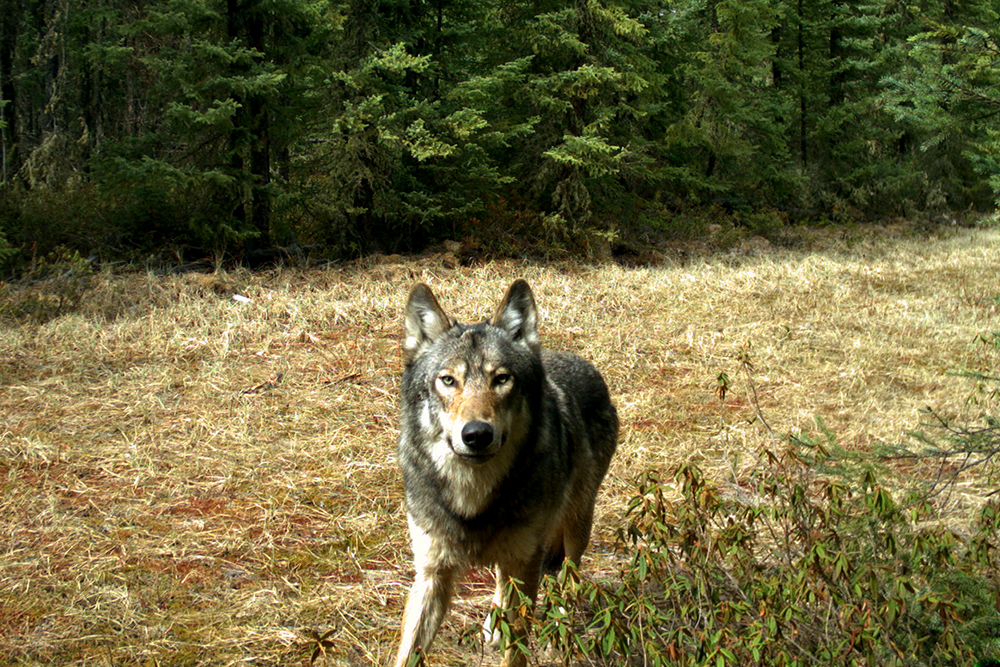
A wolf stares directly into one of Cenovus’s wildlife cameras that are used for monitoring wildlife near its sites. As of 2019, Cenovus documented 23 distinct species from its camera footage.
If a bear sits in the woods, and no one is around to see it, did it actually happen?
We see it all the time, people doing it all for “the ‘Gram.” Because if a picture isn’t posted to social media, then it didn’t happen. Well, wildlife biologists are sort of following this philosophy with wildlife monitoring cameras set up throughout the oil sands region.
Each year, hundreds of thousands of photos and videos are captured and analyzed to help protect animals and their habitat from potential harm caused by energy development.
Smile, You’re on Candid Camera
There are thousands of wildlife monitoring cameras throughout the oil sands region, all equipped with motion and heat-sensing technology. The benefit of these cameras is that energy companies can get up-close-and-personal with the furry locals without actually getting up-close-and-personal. Another plus is that using cameras reduces the need for people to go to sensitive wildlife areas, which lessens the disturbance in these areas.
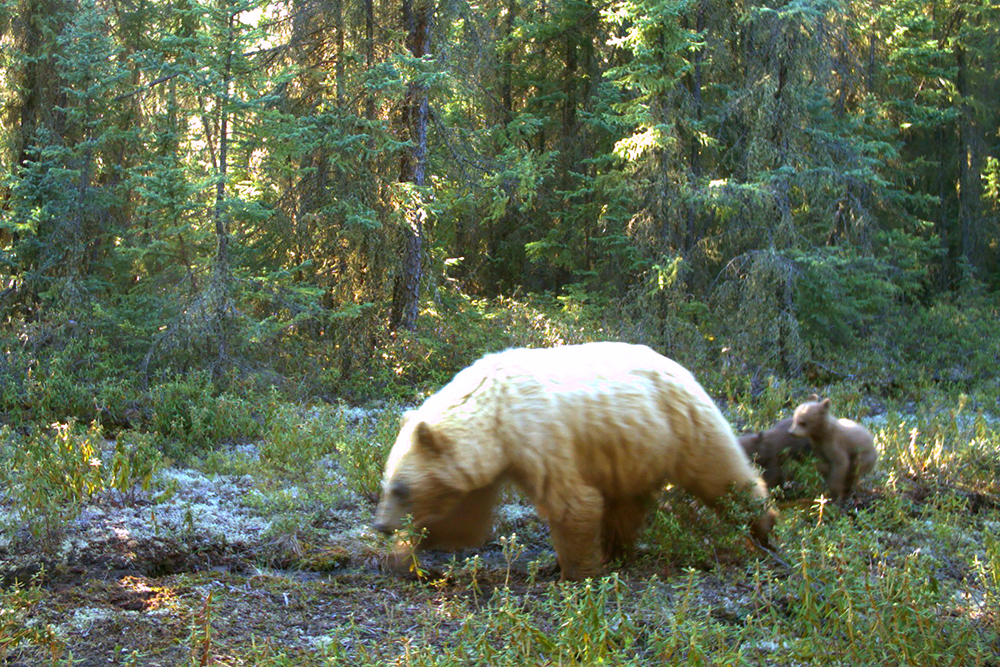
A mother bear and her cubs are seen walking in front of wildlife camera near a Cenovus site.
Wildlife monitoring is done throughout every stage of a project’s development. In fact, to receive approval from the AER, companies must include wildlife monitoring plans for construction, operation and reclamation of the proposed area.
“The AER’s mandate includes environmental protection, and wildlife management is an integral part of that oversight,” says Jeff Smith, a biologist with the AER. “We need to ensure that companies are adaptively managing their operations to lessen the impacts to animals over time.”
While the primary use of wildlife cameras is to help companies plan their mitigation programs, the data collected from the images also serve as valuable research. Industry is working with the Alberta Biodiversity Monitoring Institute to help their experts monitor wildlife and habitats to ensure responsible land stewardship in Alberta.
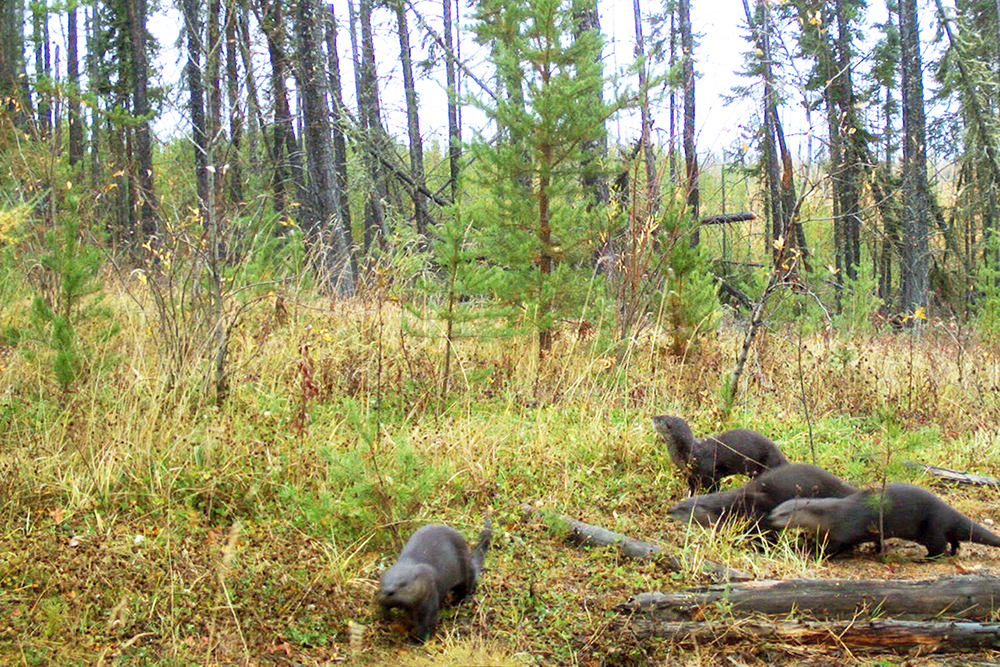
A bevy of otters scamper past a wildlife camera.
Lessening the Impacts
Cameras are used in the pre-application stage of a project to understand the environmental background of an area, including what types of animals, use the land and for what purposes. During this type of monitoring, companies also consider what controls are needed to protect the animals including setbacks or not developing an area because it contains sensitive populations.
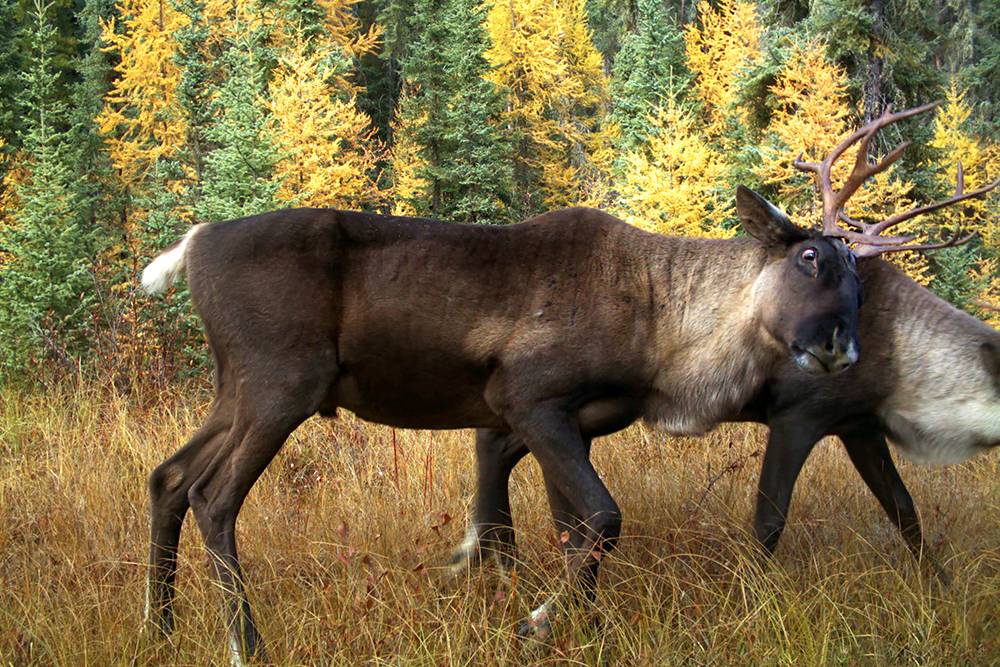
A caribou gives a wildlife camera a wide-eyed look.
One of the earliest wildlife monitoring programs was done by Cenovus Energy in 2010. They wanted to see how high their above-ground pipelines had to be to allow animals to cross underneath them, not impeding their ability to move around the area.
“Regardless of what industry you work in, we’re all having an impact on the environment,” explains Jesse Wong, a senior environment advisor at Cenovus. “What matters the most is what we’re doing about that impact, how we’re trying to lessen it, and how much we care about it.”
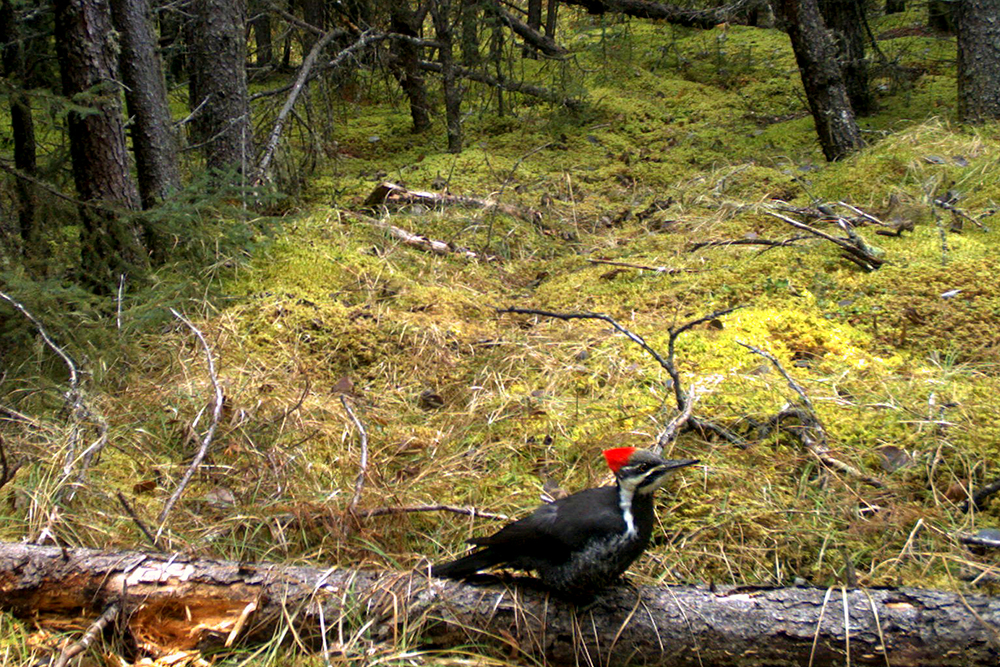
A lone pileated woodpecker perches on a downed tree near a wildlife camera.
For reclamation work, it’s important to know what animals are coming back to the region and how they are progressing over time. There is a lot of work being done to reclaim old seismic lines that were cut into the forest in early resource exploration. Industry is working to fill in these wide, uninterrupted corridors to help protect caribou from their prey.
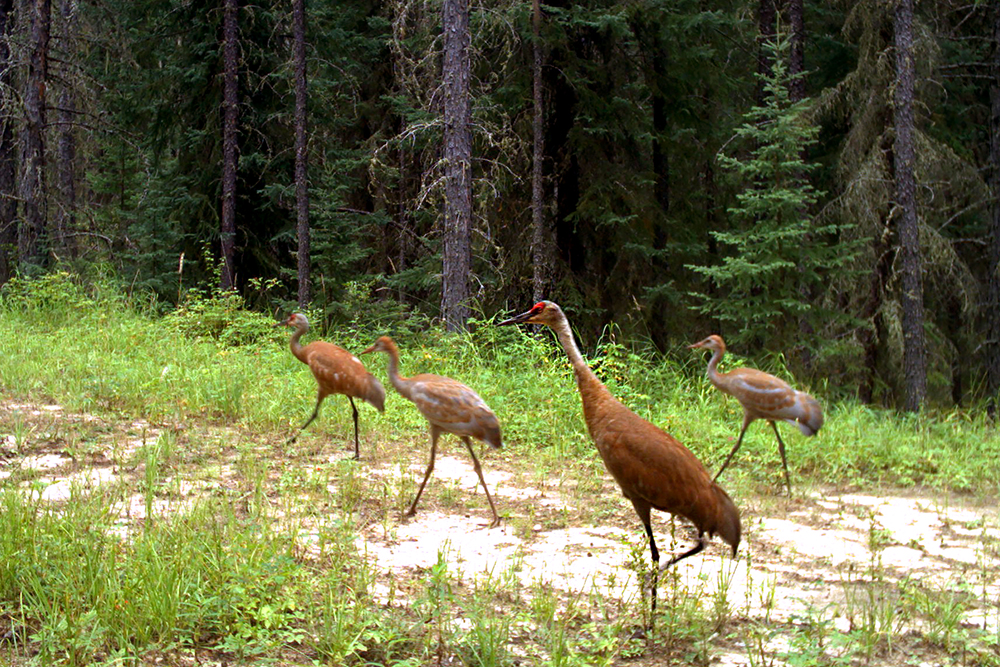
Sandhill cranes strut in the view of a wildlife camera.
Regardless of what industry you work in, we’re all having an impact on the environment. What matters the most is what we’re doing about that impact, how we’re trying to lessen it, and how much we care about it.
Jesse Wong, senior environment advisor, Cenovus Energy
Kate Bowering, Writer


